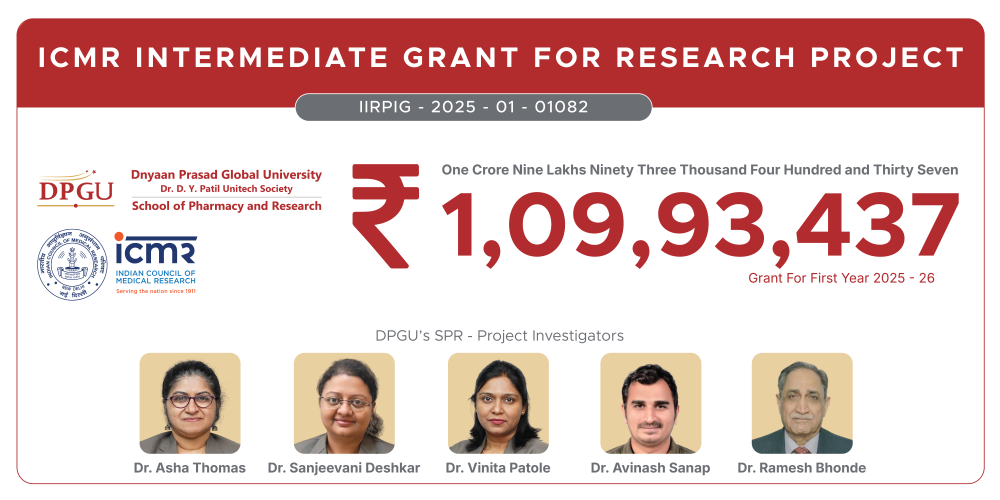|
Importance of the HPV discovery
The global public health burden attributable to human papilloma viruses
is considerable. More than 5% of all cancers worldwide are caused by
persistent infection with this virus. Infection by the human papilloma
virus is the most common sexually transmitted agent, afflicting 50-80%
of the population. Of the more than 100 HPV types known, about 40 infect
the genital tract, and 15 of these put women at high risk for cervical
cancer. In addition, HPV is found in some vulval, penile, oral and other
cancers. Human papilloma virus can be detected in 99.7% of women with
histologically confirmed cervical cancer, affecting some 500,000 women
per year.
Harald zur Hausen demonstrated novel properties of
HPV that have led to an understanding of mechanisms for papilloma
virus-induced carcinogenesis and the predisposing factors for viral
persistence and cellular transformation. He made HPV16 and 18 available
to the scientific community. Vaccines were ultimately developed that
provide ≥95 % protection from infection by the high risk HPV16 and
18 types. The vaccines may also reduce the need for surgery and the
global burden of cervical cancer.
Importance of the HIV discovery
Soon after the discovery of the virus, several groups contributed to the
definitive demonstration of HIV as the cause of acquired human
immunodeficiency syndrome (AIDS). Barré-Sinoussi and Montagnier's
discovery made rapid cloning of the HIV-1 genome possible. This has
allowed identification of important details in its replication cycle and
how the virus interacts with its host. Furthermore, it led to
development of methods to diagnose infected patients and to screen blood
products, which has limited the spread of the pandemic. The
unprecedented development of several classes of new antiviral drugs is
also a result of knowledge of the details of the viral replication
cycle. The combination of prevention and treatment has substantially
decreased spread of the disease and dramatically increased life
expectancy among treated patients. The cloning of HIV enabled studies of
its origin and evolution. The virus was probably passed to humans from
chimpanzees in West Africa early in the 20th century, but it is still
unclear why the epidemic spread so dramatically from 1970 and onwards.
Identification of virus-host interactions has
provided information on how HIV evades the host's immune system by
impairing lymphocyte function, by constantly changing and by hiding its
genome in the host lymphocyte DNA, making its eradication in the
infected host difficult even after long-term antiviral treatment.
Extensive knowledge about these unique viral host interactions has,
however, generated results that can provide ideas for future vaccine
development as well as for therapeutic approaches targeting viral
latency.
HIV has generated a novel pandemic. Never before has
science and medicine been so quick to discover, identify the origin and
provide treatment for a new disease entity. Successful anti-retroviral
therapy results in life expectancies for persons with HIV infection now
reaching levels similar to those of uninfected people.
Source: www.nobelprize.org |










